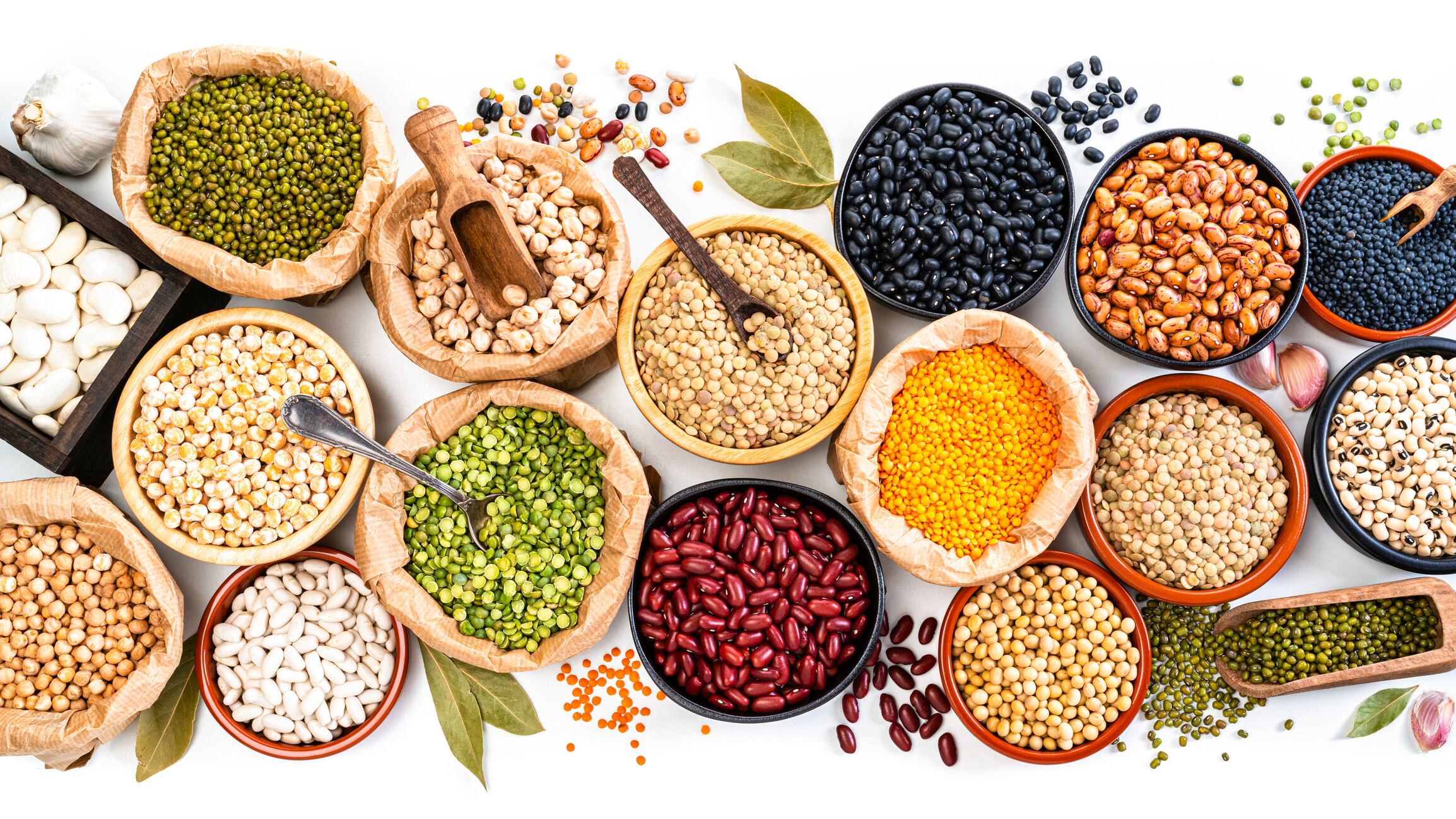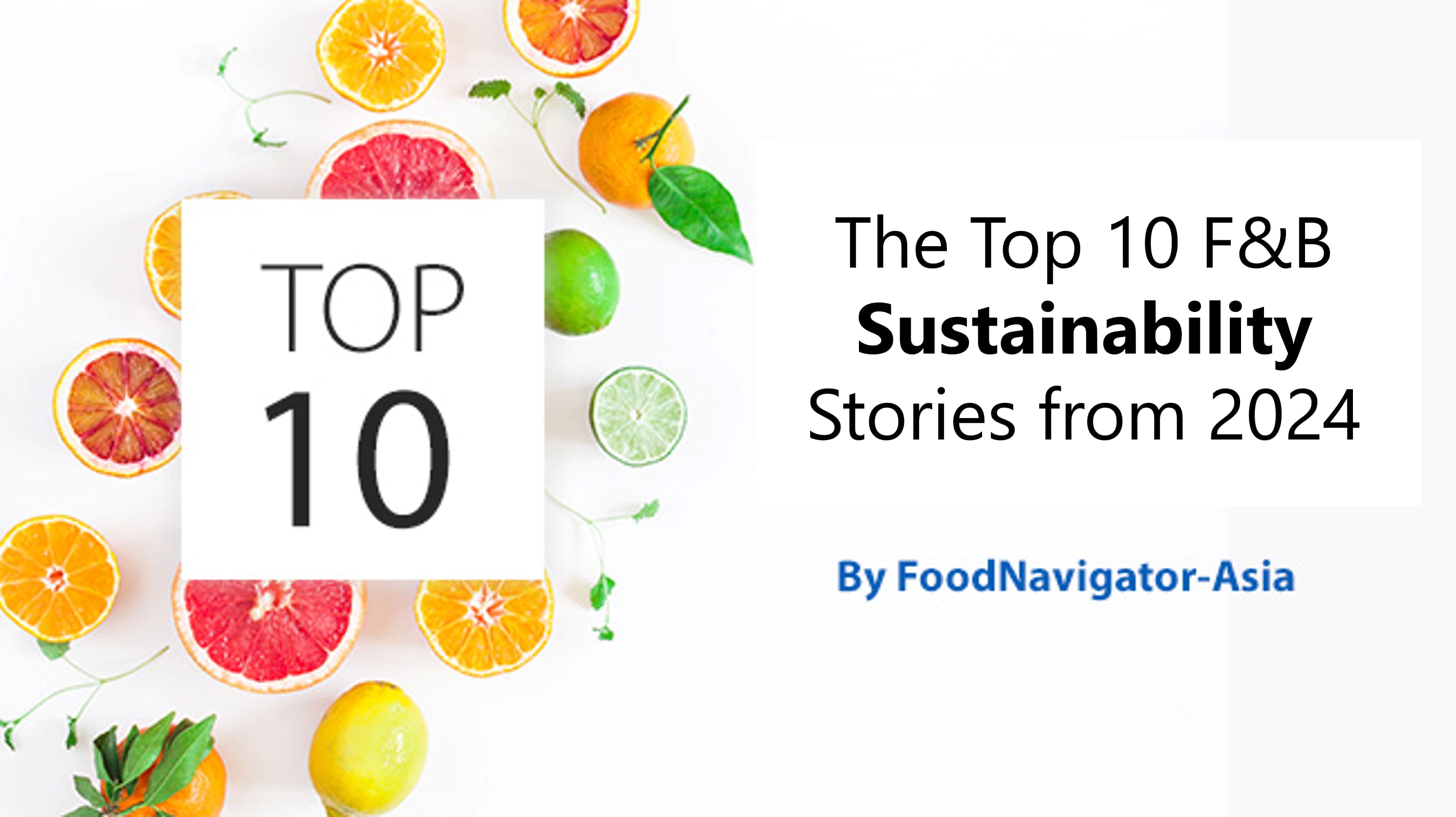Experts say pulses are increasingly seen as a strategic solution to both global health challenges and the need for more sustainable food production.
“The global pulse sector is playing a major role in addressing the increasing demand for food driven by global population growth, food insecurity, and demand for healthier alternatives, all while delivering products that align with broader sustainability issues,” said Murad Al-Katib, president and CEO of Canadian producer AGT Food and Ingredients.
Al-Katib was speaking at Pulse 25, an international event organised by the Global Pulse Confederation in Singapore.
Here are the top three insights gleaned from the event.
Pulses are familiar, flexible and healthy
Pulses feature in cuisines around the world, making them easy to incorporate into everyday diets.
Mung beans, known for their antioxidant properties and for regulating blood sugar are often added to Chinese soups and porridges.
Adzuki beans are high in protein and fibre, and they feature in many Japanese snacks and desserts.
Chickpeas and lentils, widely used in Indian, Middle Eastern, and Mediterranean diets, offer nutrients that support heart health and weight management.

Al-Katib added that substituting cereals with pulses can increase overall protein quality and amino acid scores in staple foods like roti or pasta, without altering taste or texture.
Indeed, there are many health benefits of phytochemicals present in pulses.
“Some of them have anti-inflammatory, anti-ulcerative, anti-microbial, and anti-cancer effects. Along with these, pulses are also rich in vitamins and minerals,” according to Sapna Langyan et al in Frontiers in Sustainable Food Systems.
Consumer interest is also growing. A survey of 5,971 respondents across Southeast Asia found that nearly two-thirds viewed plant-based meat as “healthy”, with additional descriptors including “easy to digest”, “tastes good”, and “high in protein”, according to Good Food Institute’s Decoding Demand report.
It is therefore no surprise that the Asia Pacific region is forecast to see the greatest growth in the demand for pulse by 2030.
Pulses are gaining momentum in both traditional and emerging markets
The East Asia Bureau of Economic Research forecasts that spending in India and China will lead growth in the region.
This is supported by data from Agriculture and Agri-Food Canada (AAFC) and Food and Agriculture Organization of the United Nations (UN FAO).
Middle-class consumer spending in Asia Pacific is projected to soar from US$4.9 trillion in 2009 to US$32.9tn by 2030 – a 571% increase.
This is significantly larger than Middle East and North Africa, where the growth is projected to increase from US$0.9tn to US$2.2tn in the same period.
Both Asia Pacific and the Middle East are traditional pulse markets, where population growth and food security concerns are driving growth for sustainable agricultural produce.
With the global population set to exceed 9bn by 2050, food production must increase by 70% to meet demand.
“As pulses and grains are a sustainable source of vegetable protein and are already a key part of regular diets for a large proportion of the world’s populations, it will likely continue this way,” said Al-Katib.
For those still unfamiliar with pulses, rising health awareness is encouraging change.
Al-Katib identified three key factors fueling demand: increased health consciousness, affordability, and environmental sustainability.

Pulses are environmentally friendly and affordable
Compared to animal proteins, pulses require less energy and emit fewer greenhouse gases. They also improve soil health and water efficiency when used in crop rotations.
According to FAO, as the world faces significant challenges to food and nutrition security – such as transboundary pests and diseases, conflicts, and the effects of climate change – pulses can be an important part of the response, as they are an affordable, nutrient-dense food that can be stored for a long time.
Al-Katib explained that pulses are easily integrable into a three-crop rotation, produce their own fertiliser, and can improve the fertility of the soil.
Pulses consume less non-renewable energy than most crops and offer better water efficiency than other protein sources.
A Frontiers in Nutrition study found that pulses had the smallest environmental footprint per 100g of protein – emitting just 0.07 units of greenhouse gases, compared to 0.19 for nuts and 0.28 for fish.
The same study reported that pulses are also the most affordable protein source, averaging US$0.36 per 100g – significantly lower than chicken (US$0.91), pork (US$1.01), and even eggs (US$0.53).
As global food systems strive to meet health, affordability, and environmental targets, pulses present a strong case for greater inclusion in public nutrition strategies and agricultural planning. Their adaptability across climates and cuisines makes them a viable tool for advancing both sustainability and food security goals.
EMEA heat now open! Enter for free by July 18 for a chance to be crowned regional winner.





